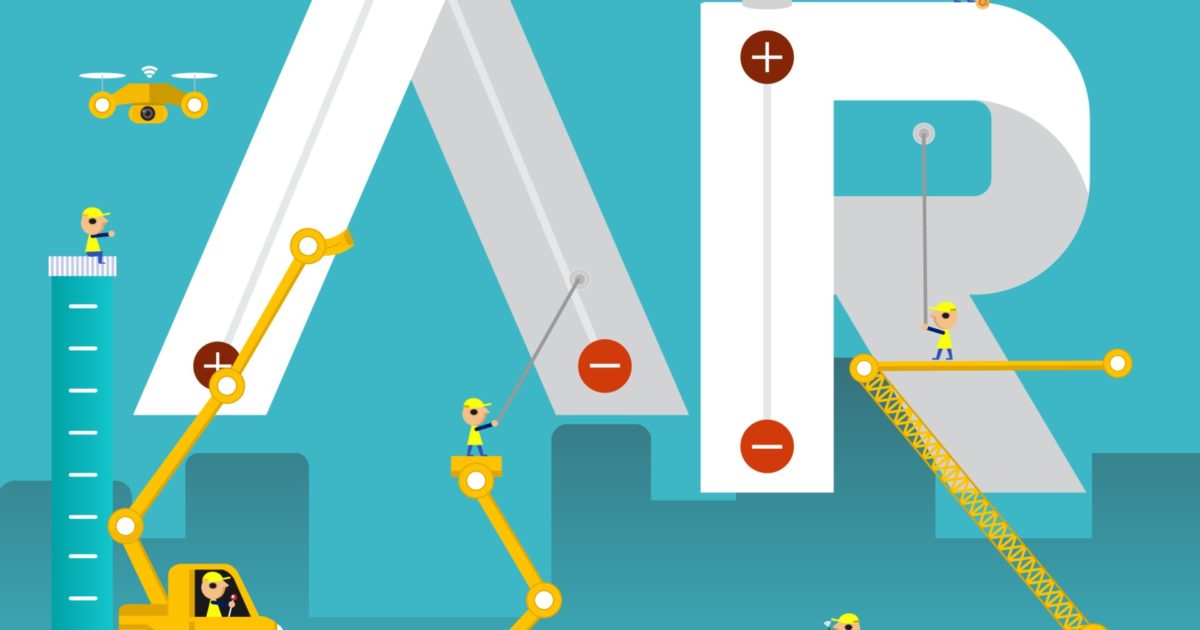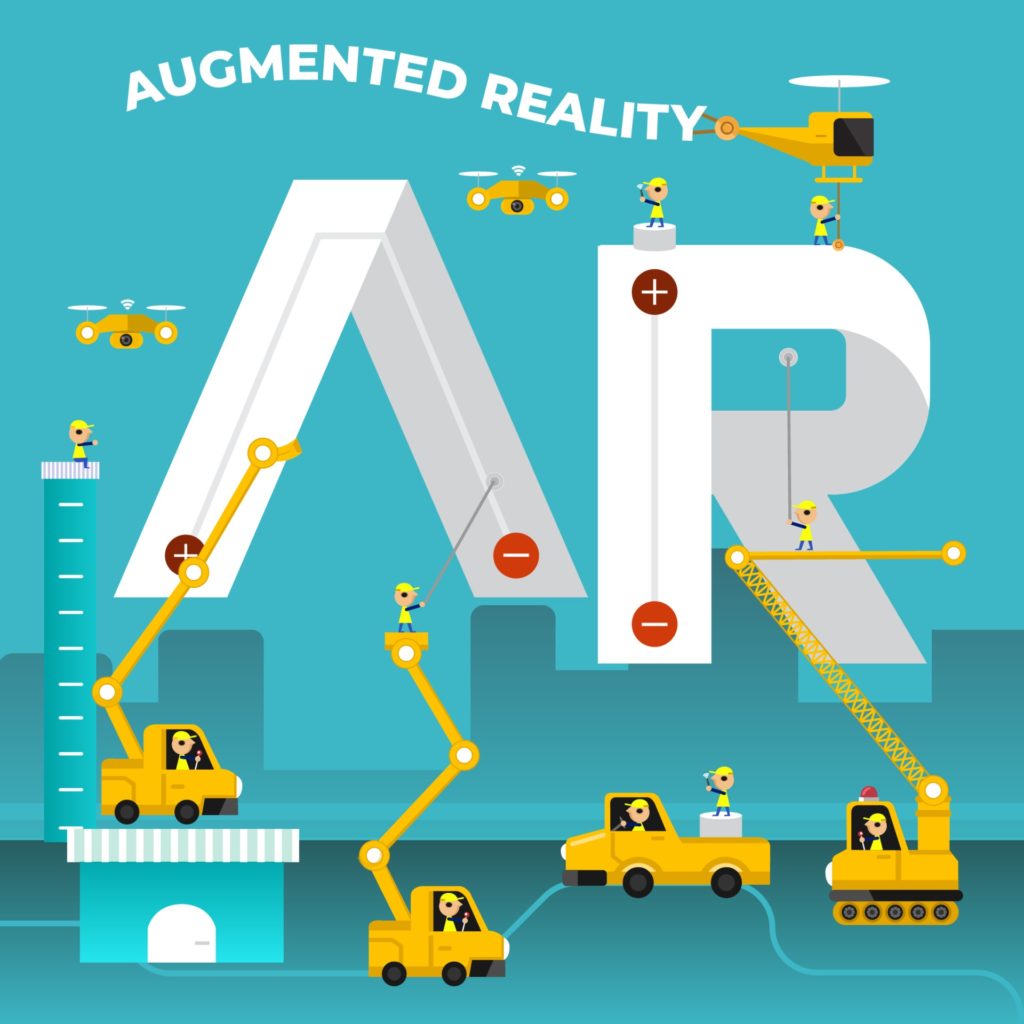
How to Make Augmented Reality Crucial To eCommerce
Immersive technologies are commonplace nowadays, primarily being Augmented Reality and VR. Think Facebook Messenger and Snapchat filters, which are types of AR technology. These immersive technologies change the way we experience realities, such as gaming, theater, and live chat. With these technologies leveraged for eCommerce, users can experience a vast shopping reality than they would when going to the shopfront. These technologies can be improved by the use of localization tests and localization testing.
There’s often talk about online stores as if they’re not capable of providing a physical feel to their products–how you presumably can’t preview the product by touching it or seeing how it fits with everything else you own. How to best experience the product is a big question in the consumer experience.
AR is slowly transforming that conversation, by changing how customers can see, interact and feel out your products before buying. These immersive experiences, particularly through AR, can bring value to how consumers imagine your product and by extension your eCommerce brand.
What’s Best for eCommerce: Augmented Reality or Virtual Reality?
AR and VR are both examples of immersive technology. Although AR and VR are often used interchangeably, they are completely different technologies. VR, virtual reality allows the user to experience a digital space in a virtual world that can be real or imagined.
Meanwhile, AR, or augmented reality, changes the perception of the real world, through interlaying digital images on top of a real, physical environment. They both have different uses: VR is a buzzword for interactive gaming and theater, while AR is used almost everywhere by different tech or eCommerce names. While VR uses mainly headsets, AR uses a smartphone or tablet for the experience.
The effectiveness of these technologies can be enhanced further with the help of a localization test. It will ensure that the AR and VR experience will match the region where it will be used.
How Does Augmented Reality eCommerce Drive Sales Through An Immersive Product Experience?
A lot of brands already use AR and VR for their businesses, a branch called AR eCommerce. Whether it’s finding the right makeup product to fit a face, or chairs to fit a dining air, augmented reality shows the user how the final product would look through a combination of digital product images and an image taken of a real environment. This tactic has helped drive sales through the consumer’s immersive product experience. And it not only increases sales, but enhances customer satisfaction, produces brand loyalty, and attracts new customers.
According to astudy, “78% of people who have experienced AR prefer virtual experiences over video content, 61% prefer to make purchases on sites that offer AR, and 77% prefer to use AR capabilities to preview product variations.” Those numbers are huge, and they’re what consumers are demanding. These wants are determining the drive for more AR in the eCommerce industry.
Is Augmented Reality the Solution to Physical Problems In Online Stores?
If you’re going to compare brick-and-mortar stores to eCommerce brands, you’re going to run into different questions about the customer experience of the product: How can I touch the product to see if I like it? How can I try it on to see if it fits me / my house / my car? How will it look with my other stuff?
Not being able to touch the product, to try it on right away, or to see how it fits in the user’s space is one of the biggest challenges in customer experiences of online shopping. But, as AR advances, it’s getting better at addressing these problems and leveraging the eCommerce experience.
AR allows the user to experience how the product can enhance their physical environments. This is important because it means the user can preview the product, like trying on clothes in the fitting room, but online.
Augmented Reality eCommerce In Action With Imagined Products In Real Spaces
I can say that, but to prove it, here are some examples of brands that are successful at AR integration, some with the help of a localization test:
IKEA’s Place – This augmented reality application visualizes a real space, then superimposes the IKEA product on it so that consumers can see what, say, a couch might look like in their real living room. Through an iPhone and iPod camera, the consumer can take a picture of where they’ll place the product, then choose from over 2000 products in the IKEA catalog. They can drag and drop their selection and place it over their photo–thus, they can more than imagine how the IKEA product will fit their living spaces.
Nike’s SNKRS – Again, for iOS users, Nike made pairs of SB Dunk High Pro “Momofuku” designed by chef David Chang available on its SNKRS app. The only way you could buy the sneakers was through its AR feature. Since AR is about mixing both digital and physical realities, or “augmenting” them both, this strategy incorporated both the food aspect with the sneaker model. Basically, you had to tap a 3D model of the sneaker and then point your camera to a menu of Chang’s Fuku restaurant in New York City. You could point to the real menu, or to a web version of it, or to a Nike poster with the menu attached. Great advertising, right?
Localization Testing With Augmented Reality Will Broaden Your eCommerce Reach
A mobile eCommerce app is the most common way to utilize AR for your brand. You can make a virtual catalog and integrate AR with it. Introduce a catalog with augmented reality 3D models, preferably 3D models of your products. Then choose how to best integrate these 3D models into features of real spaces.
Then comes another important part: mobile app AR localization. You can integrate AR through mobile app localization through a team that has these services available. Make sure to use smart localization tools, as this process can be quite complicated. Don’t forget to perform a localization test or localization testing, so that it’s available for use in specific regions. Many will skip out on AR’s capability to acquire new consumers from various regions since they will miss different regional demographics.
Best Practices and Tips
Here are a few best practices and tips for integrating AR into eCommerce, including localization testing:
1. Use a mobile app for AR integration
2. Build 3D models of your products
3. Localize AR for a wider reach
4. Perform Localization Testing
Takeaways
And here are a few takeaways that you should think about:
- AR is changing how we do eCommerce
- People prefer AR to video content
- AR can address problems with online shopping
- AR can increase sales and build brand loyalty
- Localizing AR products can reach a global audience
This is how localization testing can make augmented reality crucial to eCommerce. It’s about time that you use it for your business.
The post How to Make Augmented Reality Crucial To eCommerce appeared first on CoreCommerce.
This content was originally published here.



